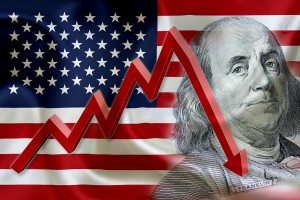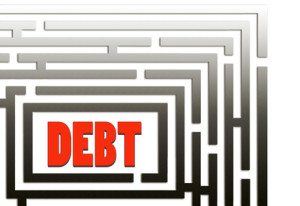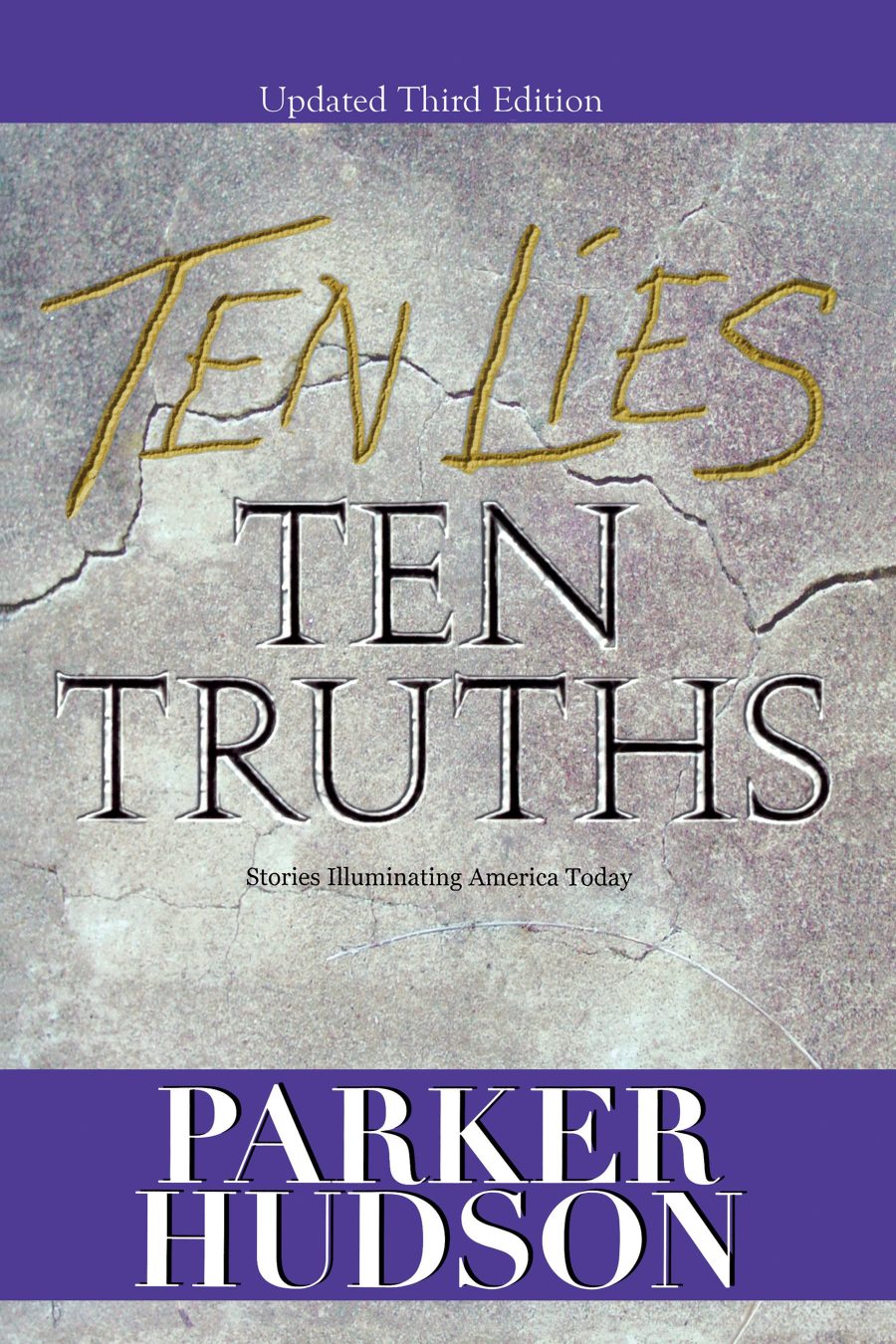Think of this post as an attempt to look about a month into the future.
I’m writing this on Monday, April 7th, as the stock market continues to plunge following the announcement of Trump’s sweeping tariffs late last week.
As will be obvious to a regular reader of this space, I don’t like tariffs, except to accomplish specific results when a country or industry is egregiously targeting the U.S. with their own unfair tariffs, domestic subsidies, or trade restrictions. Or there is a strategically important product which must be produced here. See my February post, Trump Tariff Whisperer, for a summary and several references to other articles on tariffs.
 Given that background, and given Liberation Day’s announcement of large tariffs on virtually every nation on the planet, including some of our closest allies and trading partners, the current thinking, including my own, is that this action will lead to trade wars, inflation, recession (due to massive uncertainties, if nothing else), fewer U.S. jobs, and a lower standard of living. In other words, a huge unforced error that will hurt our country and ensure a resurgence of equally terrible but different progressive policies, starting with the Midterms next year.
Given that background, and given Liberation Day’s announcement of large tariffs on virtually every nation on the planet, including some of our closest allies and trading partners, the current thinking, including my own, is that this action will lead to trade wars, inflation, recession (due to massive uncertainties, if nothing else), fewer U.S. jobs, and a lower standard of living. In other words, a huge unforced error that will hurt our country and ensure a resurgence of equally terrible but different progressive policies, starting with the Midterms next year.
Trump’s presidency will go down in flames as a huge mistake, driven by a mad-man’s idiotic aversion to trade deficits, when other economic and international issues were much more important.
Some version of that outcome appears to have about an 80% chance of actually occurring. Ugh.
But wait.
Could there be other forces at play?
Until I read Tanvi Ratna’s fascinating post, Trump’s Tariff Gambit: Debt, Power, and the Art of Strategic Disruption, I had not connected the dots on lowering the cost of this quarter’s huge required Treasury refinancing by temporarily driving funds from stocks to bonds just when we need a lot of investment at lower rates to roll over our enormous debt (which should have been refinanced three years ago when rates were at historic lows).
lowering the cost of this quarter’s huge required Treasury refinancing by temporarily driving funds from stocks to bonds just when we need a lot of investment at lower rates to roll over our enormous debt (which should have been refinanced three years ago when rates were at historic lows).
Could a stock market “crash” for a week or two wind up saving us a lot on interest in the coming years? Is it possible that someone on Trump’s team actually came up with that move on purpose?
And will the current upheaval make it easier for Congress to pass tax rate cuts and other pro-growth legislative measures, because they will be billed as crucial offsets to all the new constraints imposed on the economy by these terrible tariffs?
 Finally, this weekend, Elon Musk came out swinging for free trade and no tariffs between the U.S. and Europe. Elon Musk at odds with Trump tariffs policy, wants ‘zero tariff situation’ between US and EU | CNN Business. And he blasted Peter Navarro, Trump’s Tariff Guy, who just smiled and shrugged it off.
Finally, this weekend, Elon Musk came out swinging for free trade and no tariffs between the U.S. and Europe. Elon Musk at odds with Trump tariffs policy, wants ‘zero tariff situation’ between US and EU | CNN Business. And he blasted Peter Navarro, Trump’s Tariff Guy, who just smiled and shrugged it off.
Did Elon read my February post and suddenly become a convert, or are we half-way through a professional wrestling match, where all the players are acting their parts to get to the scripted end game: much freer trade worldwide with virtually no tariffs at all, at least between friends?
Is it possible that all of the blustering of the last two months has been on purpose, to lower our debt refinance costs, ensure tax reform, and, ultimately, wind up with much lower tariffs and freer trade, thereby igniting a huge, worldwide growth spurt?
wind up with much lower tariffs and freer trade, thereby igniting a huge, worldwide growth spurt?
Could Trump and his team be that smart and that strategic? Do we all owe him a huge apology?
I don’t know.
We’ll see.


Comments